Well-known foxer Mark Ripley delves inside his kit bag to tell us which products he relies on when out in the field
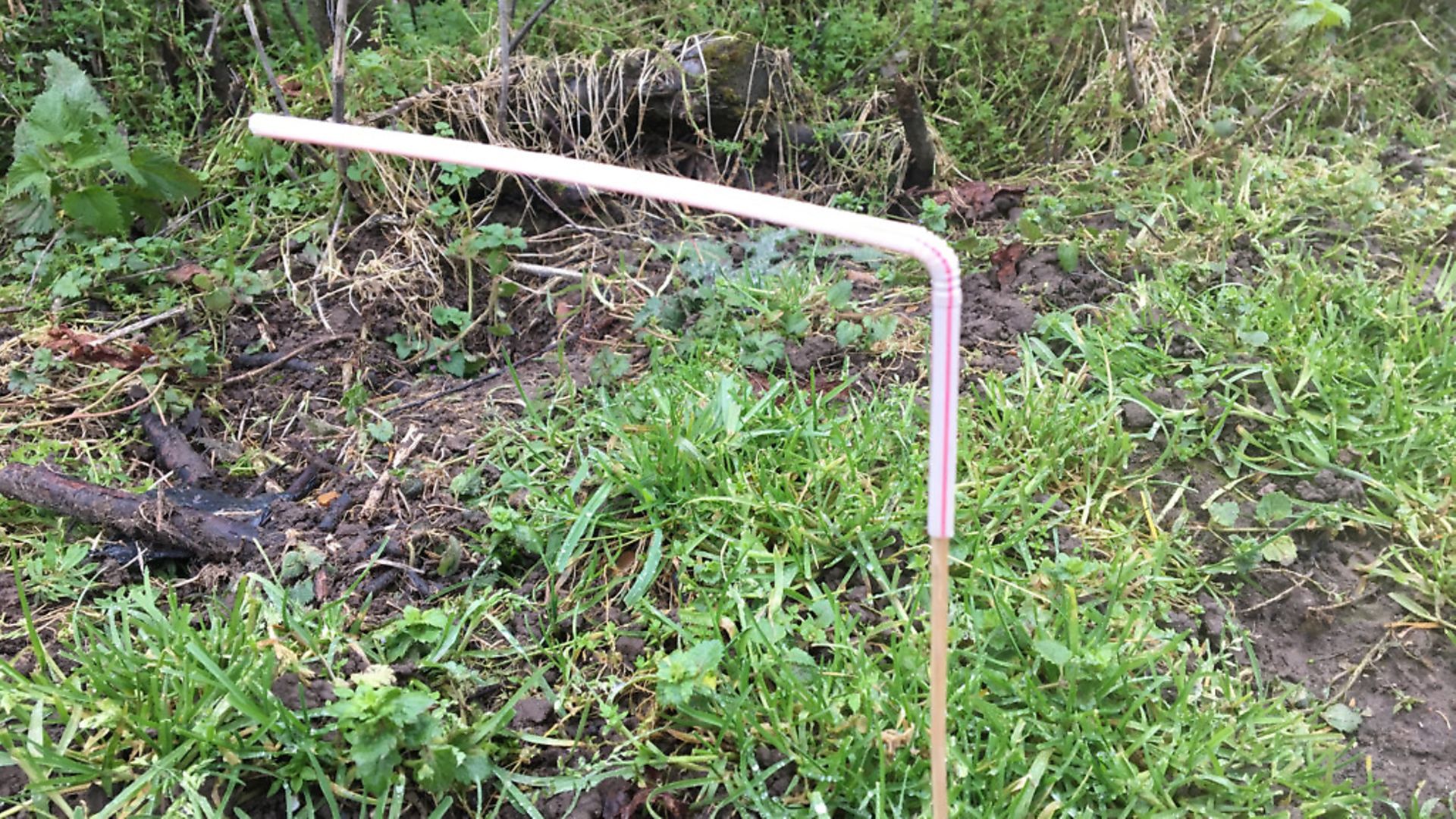 credit: Archant
credit: Archant
From now on, the days will once again begin to lengthen and with this comes the lambing season, and the foxer’s busiest time of the year if he has sheep farms on his permissions. Ideally, you will have already been busy in the run-up to lambing and a good number of resident foxes will have already been dealt with.
The smell of blood and afterbirth from the lambing shed or field will, however, draw foxes in from far and wide and with young mouths to be fed as the lambs take their first steps in the grass, it’s no surprise that the fox moves from picking up scraps to taking a lamb.
Last year, we had the great satisfaction of shooting a fox in the midst of mauling a lamb. Although the unfortunate lamb didn’t survive the encounter, neither did the fox, hopefully preventing the deaths of other lambs before the season was out. In this case, the killer proved to be a small vixen, little bigger than the lamb it had attacked, showing that any fox is capable of taking them if it gets a taste for them.
Throughout the winter, my shooting gear tends to be lightweight night shooting stuff. With the short days, I get little chance to be out at any other time. I often find that the best approach is to walk the fields armed with the .223 and Drone Pro nightscope looking for any fox that maybe about. I also carry a set of four-legged shooting sticks. These are particularly handy when a quick shot is needed at closer ranges. With many of the fields being reduced to muddy bogs, the idea of getting down on the bipod is even less appealing than usual, although it is my preferred shooting position when possible.
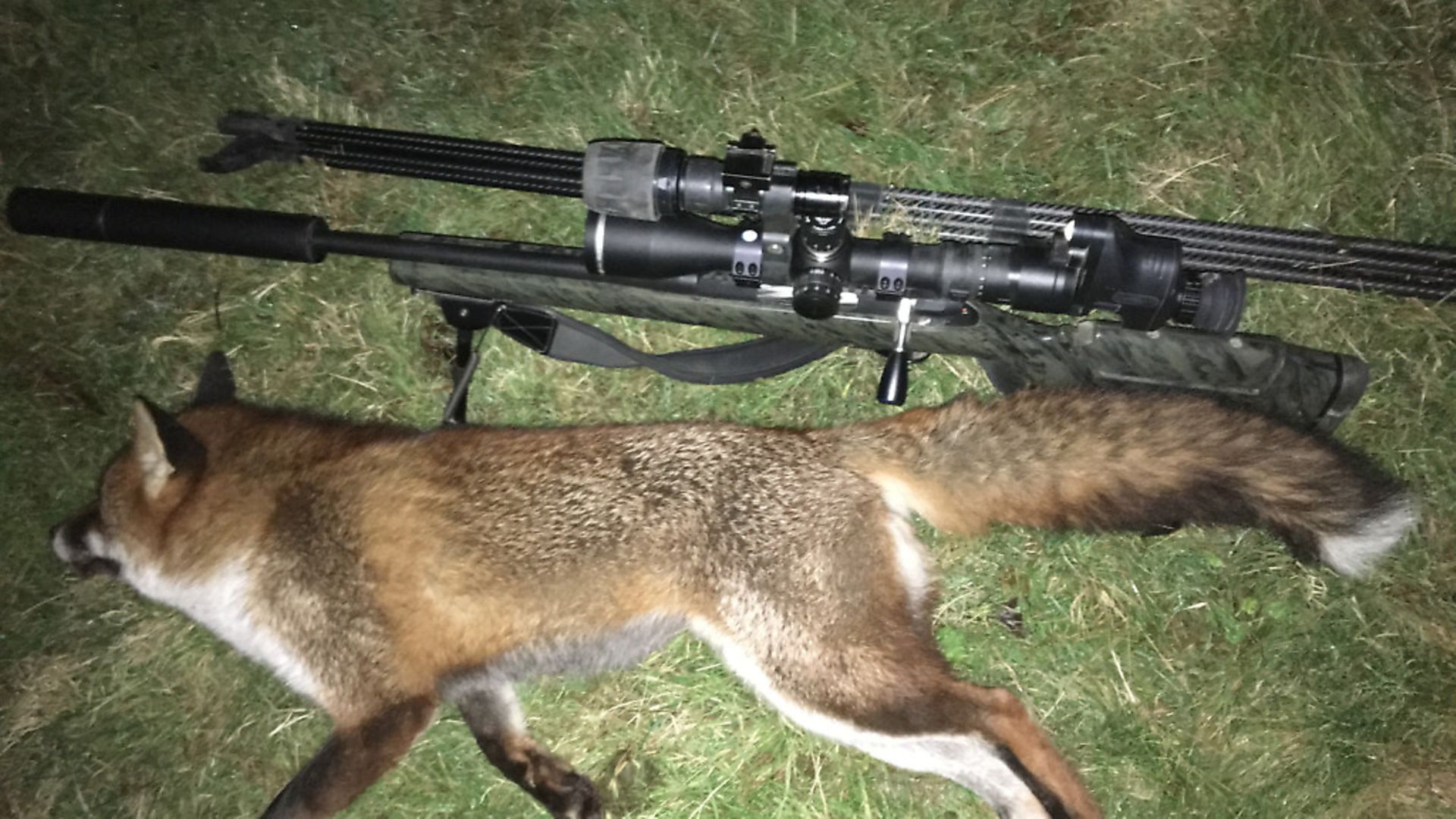 credit: Archant
credit: Archant
I also carry a FoxPro caller in my pocket and put it out in any area that looks foxy to see what comes in before moving on to another area.
Other than the basics, my pockets or bag will also hold a torch, spare batteries, a knife and extra ammunition. I also carry probably the most useful item of kit – the thermal imager, which, in this case, is a Pulsar Helicon XP38 from Scott Country.
As the year moves on into spring, the opportunity to get out morning and evening brings a change to my shooting gear. In daylight and on the ground, I shoot over ranges that can be considerably longer than at night, so a larger calibre comes into play along with a range of bits for taking such shots. The thermal imager also often finds its way into my drag bag for pre-dawn or late evening spotting.
Once the sun is up, I use a pair of Leica Geovid rangefinding binoculars to search for quarry, then if it’s within range I’ll take a shot. If the shot is at range, weather conditions will dictate if the shot is viable or whether I need to close the distance.
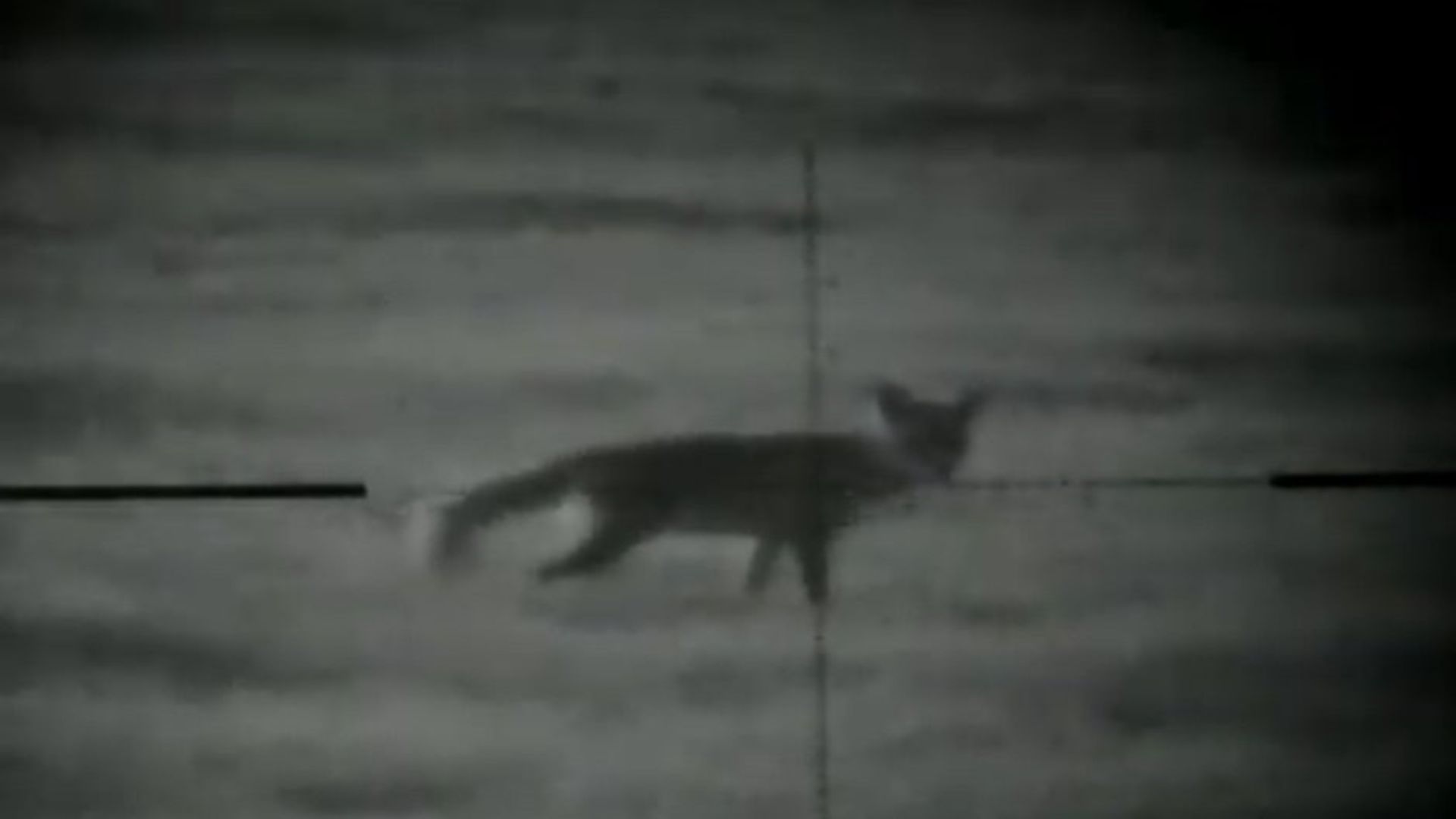 credit: Archant
credit: Archant
For longer shots, I use a Kestrel NV4500 wind meter, not only for wind reading but also because the unit houses very accurate ballistic software to give me the corrections I need.
I also carry a small rear bean bag to support the rear of the stock for such shots as well as spare ammunition, a lens cleaning kit, Allen keys for everything and spare batteries for the rangefinding binos, Kestrel and scope’s illuminated reticle.
I also carry a drinking straw and kebab stick! This is to show wind direction when the wind is variable.
Another thing I carry is a small camcorder and compact tripod; this is mainly for my YouTube channel but also acts as a spotter for animal shot reactions or fall of shot in case of a miss. This has helped me recover game in the past that has run dead on its feet as well as educated me on how I missed shots!
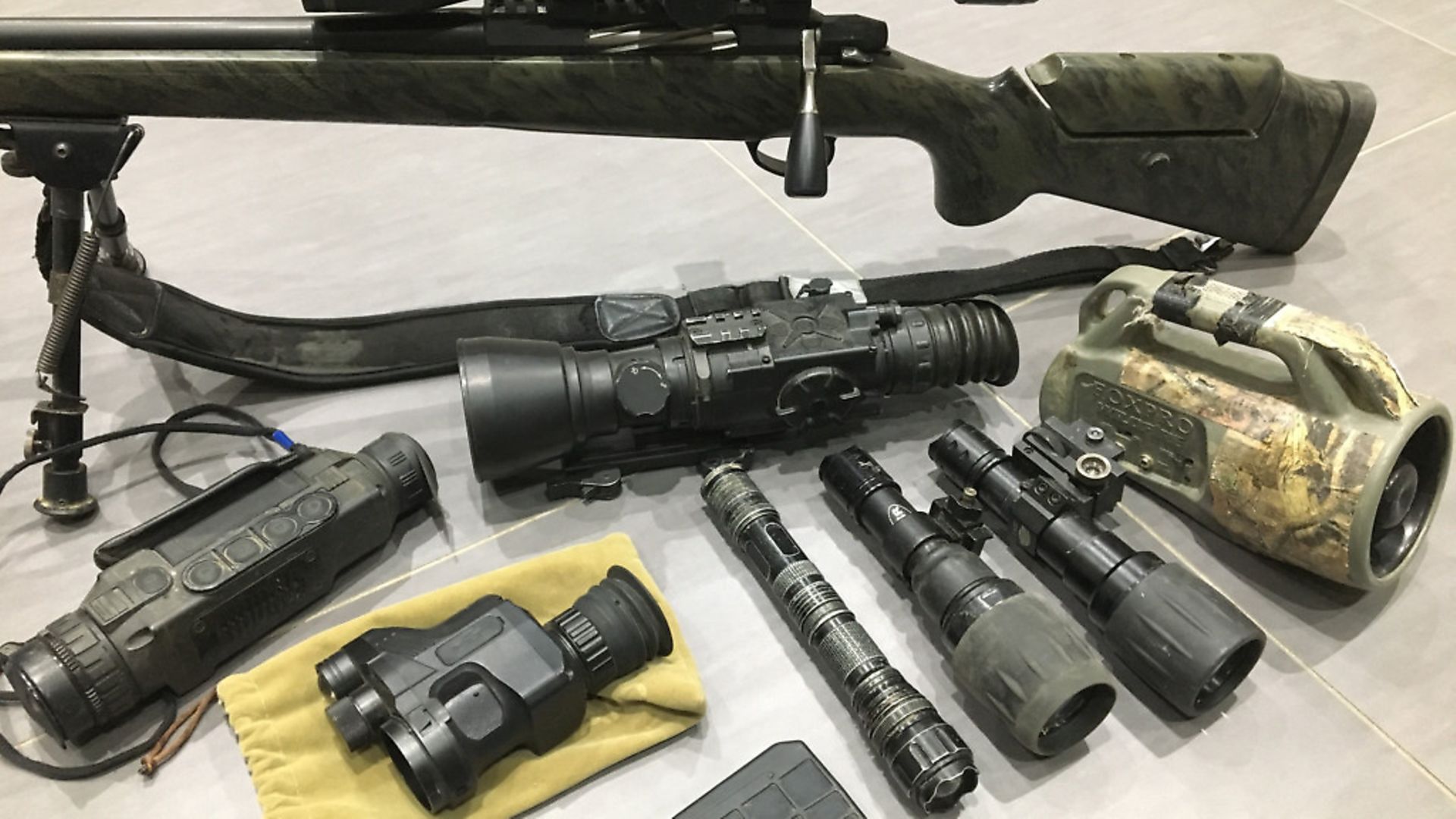 credit: Archant
credit: Archant
Whenever I’m out before light or stay on after dark, I also carry a night vision add-on for my day scope and an additional IR torch. Currently, I’m using the cheap and compact Pard 007 and Sirius XT or PBiR infrared torch, both proving excellent units to get the most out of the budget Pard night vision.
In fact, I put the Pard to good use last night sat in a high seat to nail a fox at 185 yards, showing what a useful little unit it is!
Both the rifles I use are custom built by the skilled hands of Paddy Dane of Dane & Co; it’s no secret that anything that comes from this man’s workbench is sure to be a tack driver, which is why he is the only person trusted with my rifles! My .223 started life as a Tikka T3, which served me well until the barrel had seen better days, and it was then rebarrelled, re-stocked and cosmetically pimped to the little gem of a workhorse it is today.
Similarly, the .260 started out as a factory .22-250 Rem 700 BDL before being blueprinted, re-stocked, rebarrelled and a Jewel trigger added. Topped with an old Nightforce NXS 5.5-22x50, it’s an absolute dream to shoot and incredibly accurate. It has taken foxes and crows out to over 800 yards as well as the odd rabbit over 1,000 yards.
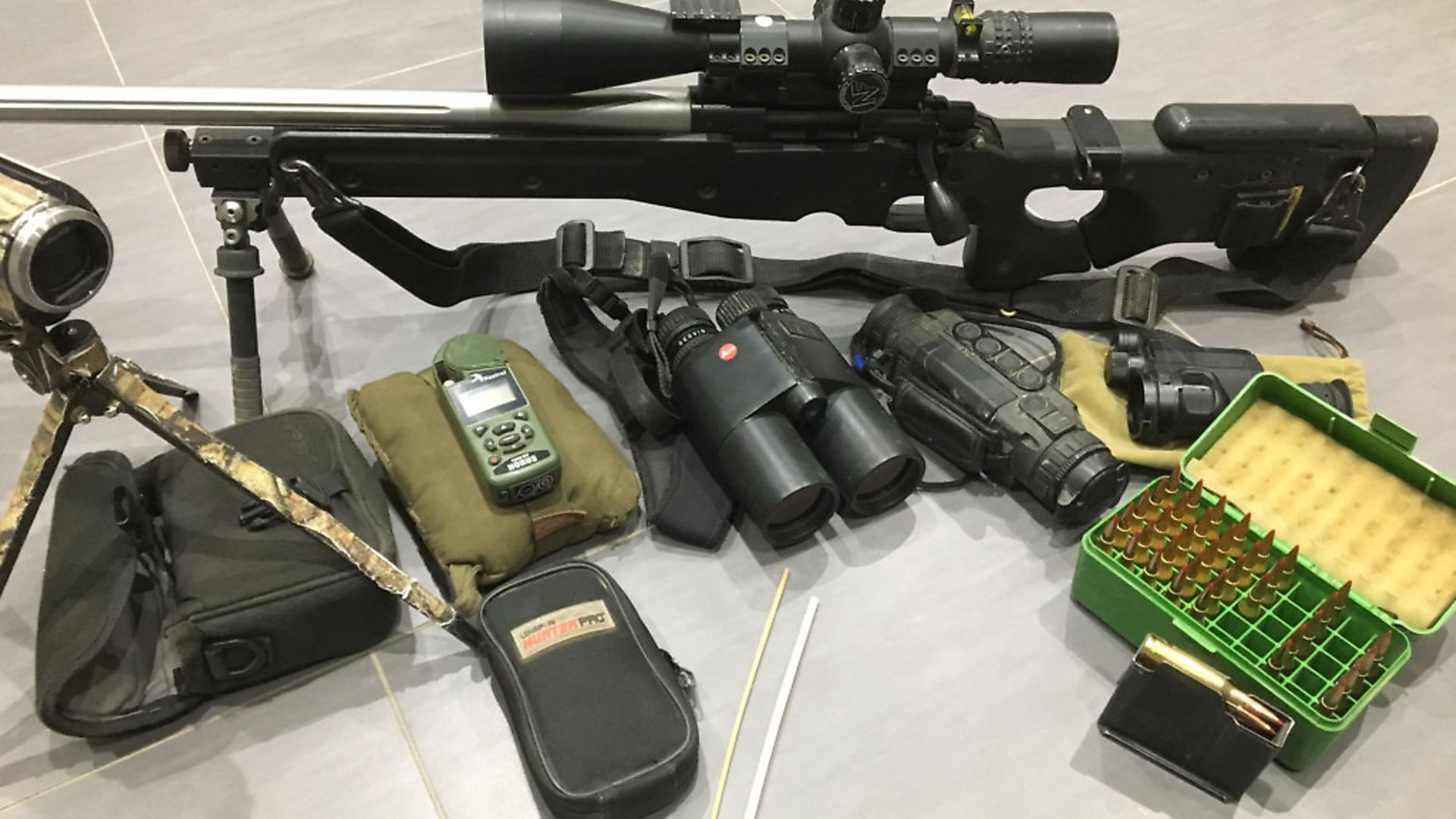 credit: Archant
credit: Archant
Both rifles wear Sportsmatch mounts and MAE moderators, which have both proven their build quality through years of use and abuse. I’ve been particularly impressed with the latest compact MAE moderator from JMS Arms being as the name suggests – compact and very quiet. What I like best about these mods is their build quality. I’ve put thousands of rounds through my first moderator and it’s still as good as new.
As far as bipods go, I do like to have one on a rifle and feel a little lost without it if I don’t have one fitted. For a good many years, I’ve used the standard Harris bipod and indeed still use it on the .223, but the .260’s bipod has been upgraded to an Atlas bipod, which I’m very impressed with and will no doubt at some point buy another for the .223, thus demoting the Harris further to the .22 rimfire.
I normally use a cheap rifle slip for the .223 and then fill pockets with additional gear or carry a small Canae tactical backpack, which are excellent, having plenty of space and ample pockets as well as being extremely durable.
The .260, however, fits nicely into a short Aim Drag bag which has enough pockets to also carry all my other day kit so it’s all together when needed.
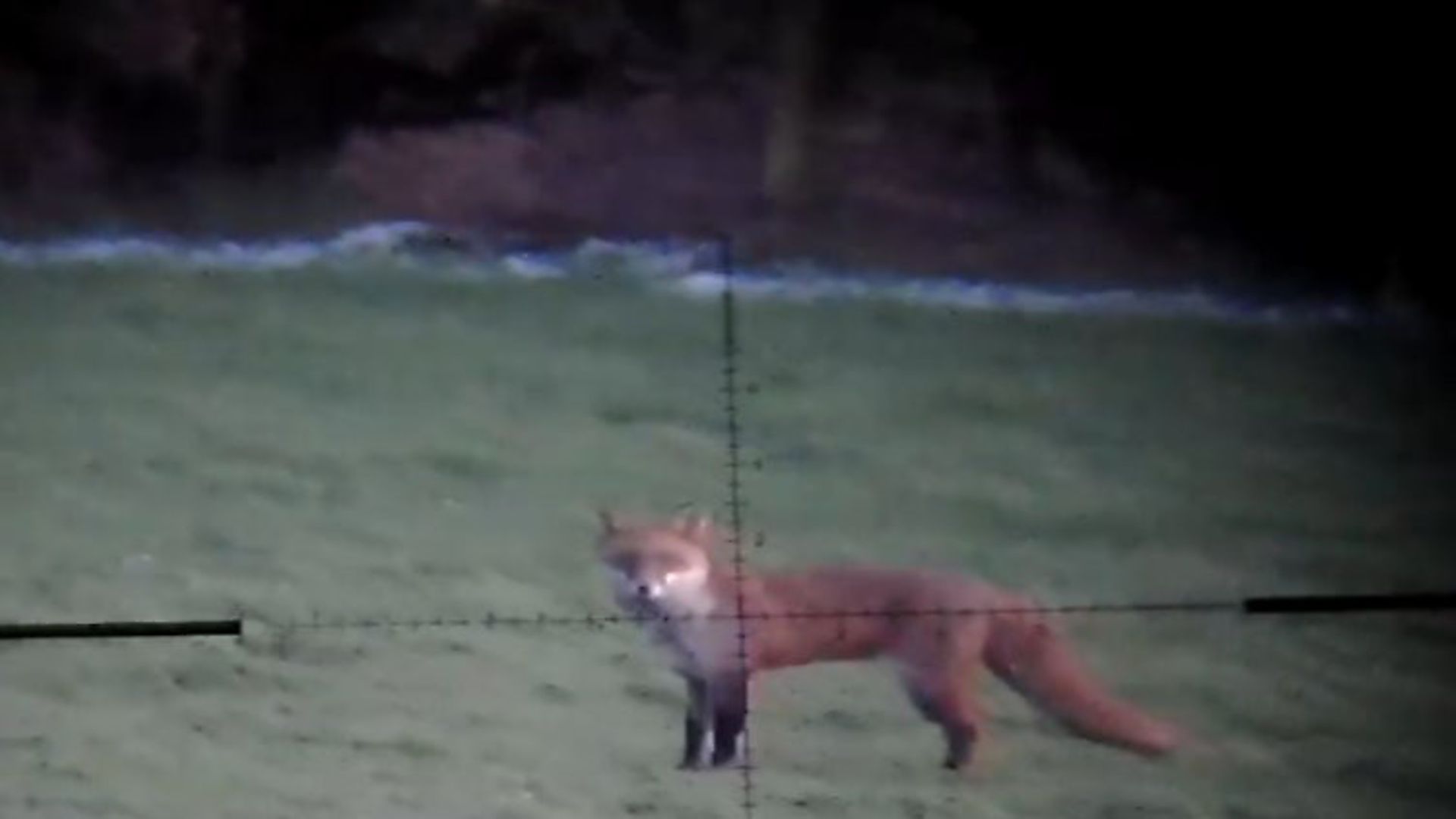 credit: Archant
credit: Archant
Invariably, I find myself sat in a high seat or some other vantage point with little shelter when the rain sets in. I’m not bothered about getting wet, and with decent clothing it’s not too much of an issue, but I hate getting my rifle and optics wet.
I either drape my drag bag over my rifle with it sat on the bipod or my other little tip is to cut the sleeve, shoulder and hood section off an old lightweight waterproof jacket! By putting the rifle barrel down the sleeve bit and cutting away the shoulder part of the material, you have a cover for your rifle. If you cut a hole out for your objective lens, the rifle can still be used without needing to remove it, keeping it dry (and concealed if you’ve used a camouflage jacket).
Speaking of camouflage clothing, I’ve always found the best camouflage is simply keeping still, although many of the most practical hunting and shooting jackets are camouflage.
In the wet months (all 11 of them), I usually opt for the cheap, plastic over-trousers, wellies and Deerhunter Rusky jacket. When the weather is better, I still tend to wear trousers of a waterproof material as even the dew on long grass first thing in the morning can leave you soaked. Wellies are still a good bet, as are a decent pair of hiking boots.
If the weather turns really warm, I’m comfortable in a fleece or long-sleeved t-shirt. For me, the Deerhunter brand of clothing has always been good, lasted well and is very reasonably priced. I’m forever tearing the backside out of my trousers on barbed wire fences or stroppily yanking myself through brambles and tearing clothing, so I see little point in parting with large sums of money on clothing that is unlikely to last me any longer.